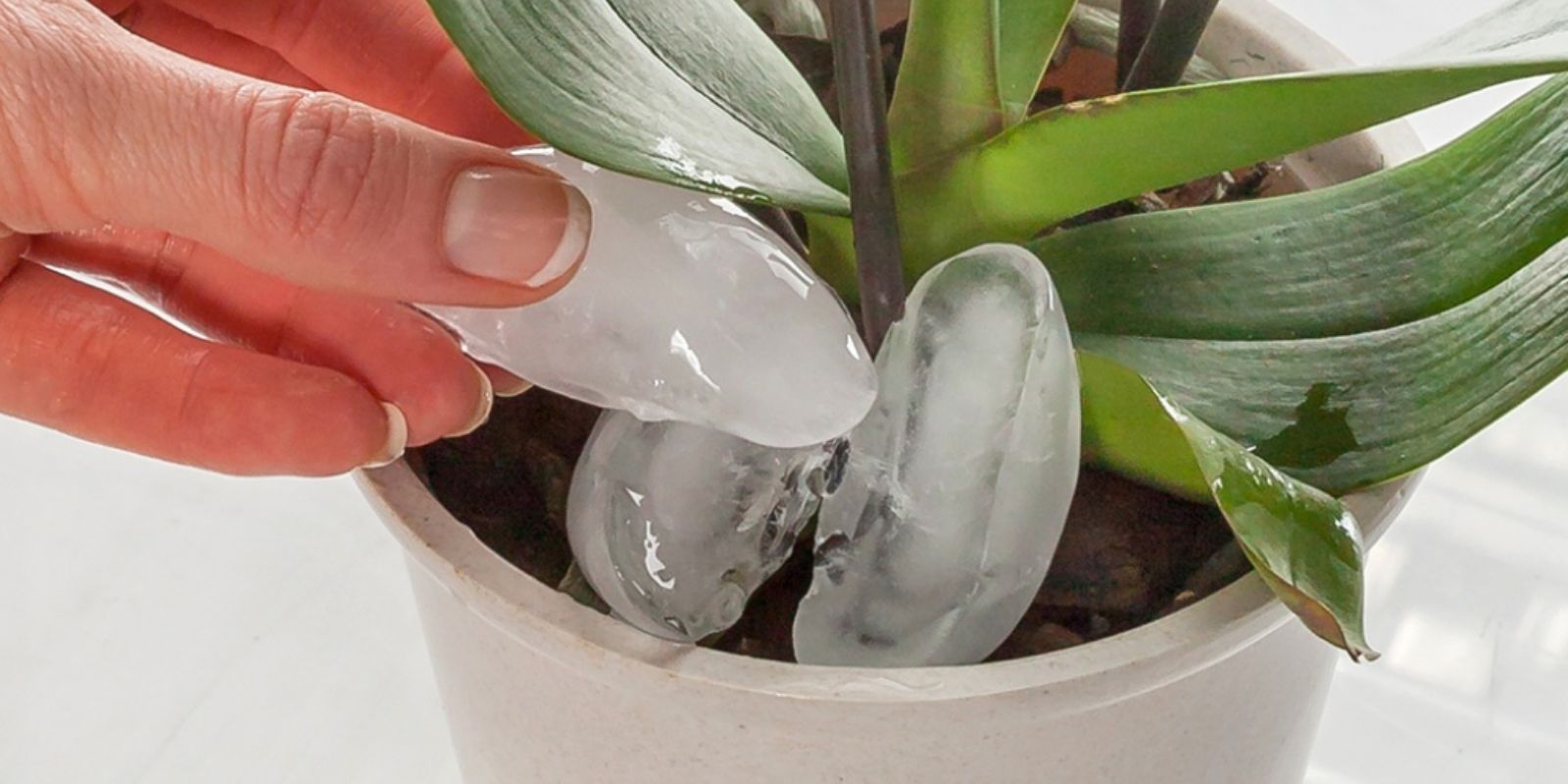Introduction
Orchids are among the most beautiful and diverse houseplants, known for their striking flowers and exotic appeal. However, they come with a reputation for being challenging to care for, particularly when it comes to watering. The key to keeping orchids healthy and ensuring they bloom beautifully lies in understanding their specific watering needs. Incorrect watering can lead to root rot, dehydration, or poor growth. This comprehensive guide will walk you through the essential steps for watering orchids correctly, helping you maintain a thriving orchid garden.
1. Understanding Orchid Watering Needs
Orchids have unique watering requirements that differ from other houseplants. Understanding these needs is the first step to successful orchid care.
- Watering Frequency: Unlike many houseplants, orchids do not require frequent watering. The frequency depends on the type of orchid, potting medium, and environmental conditions.
- Potting Medium: Orchids are often grown in a special mix that provides excellent drainage and aeration, such as bark or sphagnum moss. This mix dries out more quickly than regular potting soil.
2. Checking Moisture Levels
Determining when to water your orchid is crucial for its health. Overwatering is a common mistake that can lead to root rot.
- Finger Test: Insert your finger about an inch into the potting medium. If it feels dry, it’s time to water. If it still feels moist, wait a few more days before checking again.
- Visual Cues: Look for signs of dehydration, such as wilted or shriveled leaves. Conversely, yellowing leaves or a musty smell may indicate overwatering.
3. Watering Thoroughly
When it’s time to water, ensure you do so thoroughly to provide adequate moisture for the orchid’s roots.
- Watering Method: Water the orchid until you see water draining out of the bottom of the pot. This ensures that the entire root system receives moisture.
- Avoid Overwatering: Ensure that excess water can drain freely from the pot. Orchids should never sit in standing water, as this can cause root rot.
4. Ensuring Proper Drainage
Proper drainage is essential for orchid health, as it prevents waterlogging and promotes healthy root growth.
- Pot Selection: Use pots with drainage holes to allow excess water to escape. Plastic pots with slits or clay pots with drainage holes are good options.
- Potting Medium: Choose a well-draining potting mix, such as orchid bark or sphagnum moss. Avoid using regular potting soil, which retains too much moisture.
5. Watering Schedule
Establishing a consistent watering schedule helps maintain the orchid’s health and promotes blooming.
- General Schedule: Water orchids every 1-2 weeks, adjusting based on environmental conditions and the orchid’s specific needs. During the growing season (spring and summer), they may require more frequent watering.
- Seasonal Adjustments: Reduce watering frequency in the fall and winter when the orchid’s growth slows down. Be mindful of changes in temperature and humidity, which can affect the watering needs.
6. Using the Right Water
The quality of the water you use can impact the health of your orchids.
- Water Type: Use room-temperature, distilled, or rainwater for orchids. Tap water with high mineral content can lead to build-up and damage the roots.
- Water Temperature: Ensure that the water is at room temperature, as cold water can shock the plant and hot water can damage the roots.
7. Misting and Humidity
Maintaining adequate humidity is essential for orchids, especially in dry indoor environments.
- Misting: Lightly mist the leaves with water to increase humidity around the plant. Avoid spraying directly on the flowers to prevent rot.
- Humidity Trays: Place a shallow tray filled with water and pebbles beneath the orchid to increase humidity. The evaporating water will create a more suitable environment for the orchid.
8. Special Considerations for Different Orchid Types
Different orchid species have varying water requirements, so it’s important to tailor your care to the specific type of orchid.
- Phalaenopsis: These orchids prefer to dry out slightly between waterings. Water when the top inch of the potting medium feels dry.
- Cattleya: Cattleyas need a bit more frequent watering compared to Phalaenopsis. Ensure that the potting medium dries out between waterings but not too quickly.
- Dendrobium: Dendrobiums often have a winter rest period where they require less water. Adjust your watering schedule according to their growth cycle.
9. Troubleshooting Common Issues
Understanding and addressing common watering issues can help prevent problems and keep your orchids healthy.
- Root Rot: If you notice black or mushy roots, this is a sign of root rot caused by overwatering. Repot the orchid in fresh, well-draining potting mix and reduce watering frequency.
- Leaf Drop: Yellowing or dropping leaves may indicate overwatering or poor drainage. Adjust your watering routine and check for proper drainage.
- Flower Drop: If flowers fall off prematurely, it could be due to inconsistent watering or sudden changes in the environment. Maintain stable conditions and a regular watering schedule.
10. Expanding Your Orchid Knowledge
As you become more comfortable with orchid care, you might want to learn more about different varieties and advanced techniques.
- Research: Explore different orchid species and their specific care needs. Understanding the unique requirements of various orchids can enhance your gardening experience.
- Join Orchid Societies: Connect with other orchid enthusiasts through local orchid societies or online communities. Sharing experiences and learning from others can provide valuable insights and tips.
Conclusion
Proper watering is a fundamental aspect of successful orchid care. By understanding the unique needs of your orchids, checking moisture levels, watering thoroughly, and ensuring proper drainage, you can keep your orchids healthy and blooming beautifully. Whether you’re a seasoned orchid grower or a beginner, following these steps will help you create a thriving indoor garden of stunning orchids.
Motivation to Interact:
Share your orchid watering tips and success stories with us! How do you keep your orchids flourishing? 🌸💧🌿
Hashtags:

